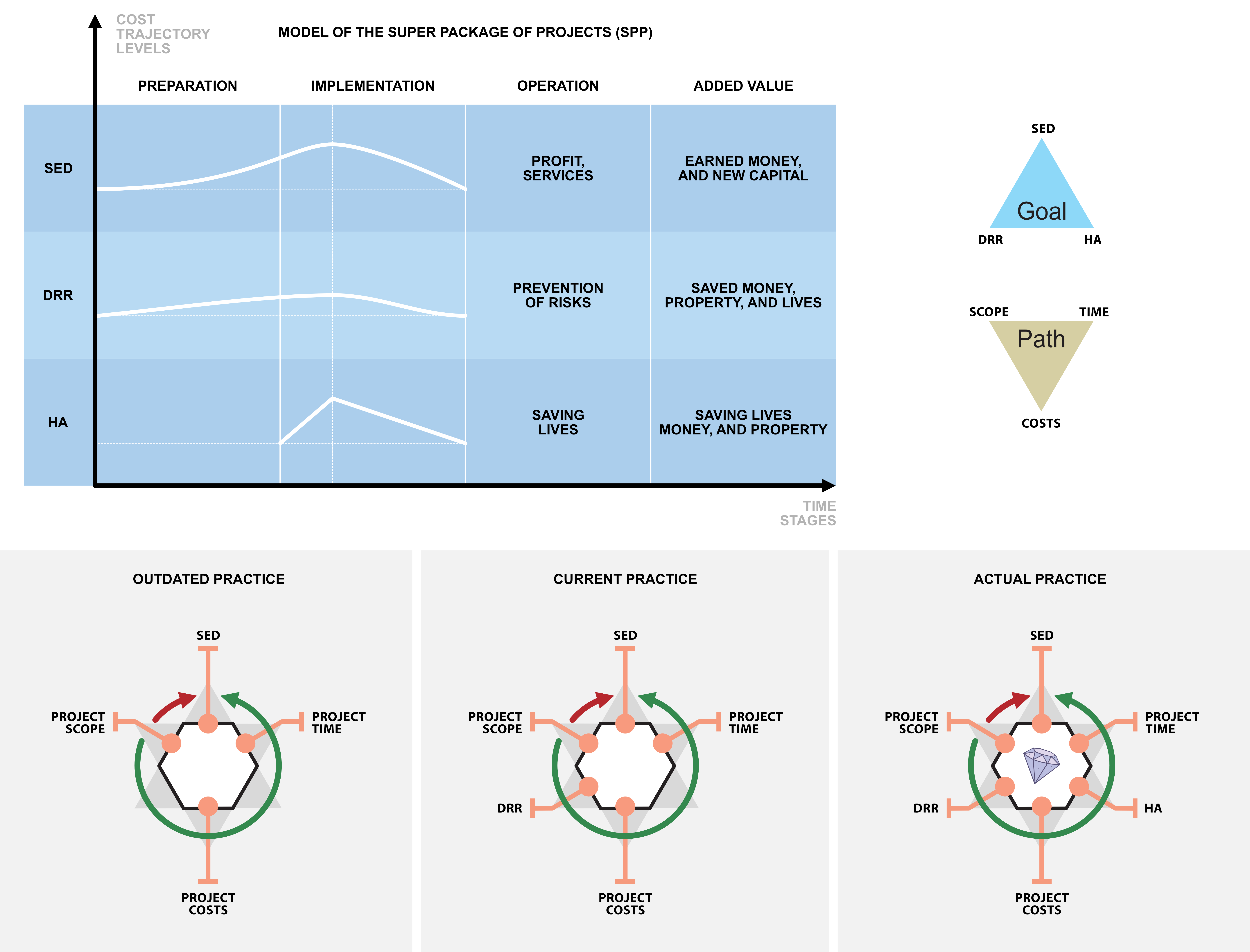Figure C4a. SED, DRR, and HA projects characteristics and differences

Figure C4a. SED, DRR, and HA projects characteristics and differences
The need for integrity of methodology, scaling, and subsequent digitization has reached a state of hunger. In the forthcoming digital transformation context, a daily step-by-step opportunity is welcome.
We hear from the UN that bringing climate change under control, dealing with threats to animals, dealing with current pandemics, and dealing with fraud, war, and terrorism are necessary.
To learn to respond to these influences using modern technologies, especially in ICT, with the support of artificial integration.
There is undoubtedly a need to advance like this, but at the global level, there are no challenges in the direction of who will do it, maintain it, and further echo the values gained.
The goal of this webbook on www.5Pforres.eu is to explain that the digital transformation of the super package of SED, DRR, and HA projects is a good, universal tool for traveling to these goals.
Figure C4a compares three situations where people realized the integrity of the SED, DRR, and HA projects. Initially, the desire for a friendly and easy life and the need to solve the social friction (SED) prevailed.
Subsequently and gradually, when catastrophes cease to be attributed only to the Gods (differently in different religions), the Human needs to understand disasters (tragedies) better and learn to prevent or mitigate them (DRR).
Finally, thanks to technologies (organizational, technical, communication, transport, etc.), people managed to start building not only national but also global systems of saving human lives (HA), including life-saving rescues in Nature (large-scale fires, floods, earthquakes, etc.).
The problems shown in Figure C4a are further elaborated in Figure C4b from another angle. It opens a new discussion on the content and priorities of responsibility for tasks based on the system level.
Here, it is appropriate to refer to the approach presented by A. T. Kuhn for Science in 1962. He introduced the Disciplinary Matrix (DM); more is in Figure C5a.
Figure C4b modifies the Kuhn DM for the needs of this webbook. Matrix has two rows and three columns and is still a static description. Dynamics come into it through the Dialectic Diagram (DD).
Figure C4b demonstrates the content of a concept (responsibility for knowing what I want) and reflects a project (the ability to organize and arrange paths to the result at the planned time and cost).
Both DM and DD continue in the introductions (presentation) of tools (to know, manage, use, and combine operational skills with the risks around us).
Paths to goals include standards (procedures, algorithms available to the public) and results (obtained in an organized and transparent environment).
The DD summarizes the DM's assurance that everything is going well, with full responsibility, and that the values gained in this way (concepts and necessary standards, projects and their results, and proven tools for the sustainability of the path taken) remain the last item on the disciplinary matrix.
It's about sorting items into logical units before their details overwhelm us - they are examples that give any freedom to think about a task, communicate the mission, and about a personal (team, or collective) present (oppose) of your attitudes.
Both DM and DD allow us to see all the events surrounding the matrix functions in a broader context (e.g., adopting both the paths of competitiveness and benchmarking and the paths of long-term programs of targeted cooperation and mutual assistance).